A stroke occurs when blood flow to the brain is cut off, reducing the amount of oxygen the cells receive. The resulting brain damage can affect cognitive skills, vision, communication, and personality. Motor skills are also affected, leading to walking problems after a stroke.
To combat these issues, there are several stroke rehab options available. These restorative therapies can improve how you walk over time, increasing your skills and helping you regain independence. Let’s take a look at what you can expect when it comes to relearning to walk after a stroke. Keep in mind that this information is for educational purposes and shouldn’t replace your doctor’s advice.
How Long will It Take to Fix Walking Problems After Stroke
After a stroke, you’ll likely want to fix your walking issues as quickly as possible. Unfortunately, it takes time to repair the damage done by the stroke and relearn the skills you’ve lost.
How motivated you are when it comes to the rehab you’re assigned affects how quickly you recover. Most people see significant improvements in their walking problems after a stroke within six months. Those who spend at least 45 minutes each day on therapy sessions may see results even sooner.
Of course, after six months you may notice your recovery slow down. You shouldn’t give up on therapy, though. Your body is still getting stronger, more flexible, and better balanced, though you may not notice the changes. Keep up with your rehab therapies until your medical team says you’re clear to quit.
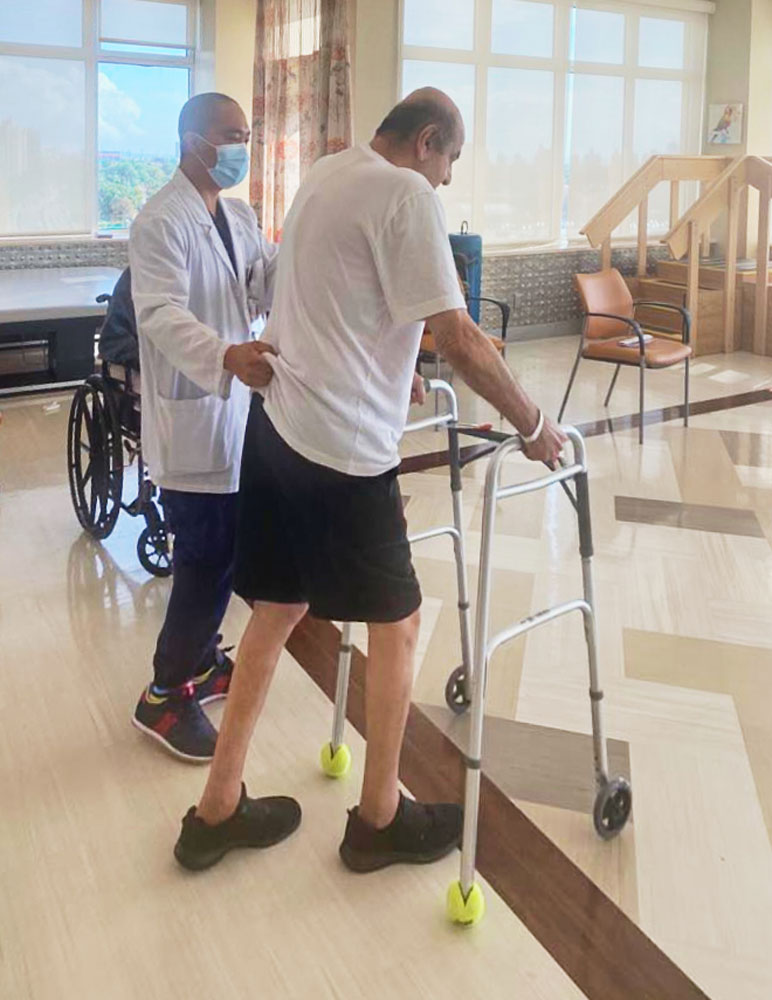
Stroke rehabilitation therapies
Two main types of rehabilitation therapies are available for those with walking problems after a stroke. These include physical therapy and occupational therapy. Each one is designed to improve your skills, though for different reasons. Let’s take a look at what each of these therapy options has to offer.
Physical therapy for walking problems after a stroke
Physical therapy is the best type for those with stroke-related walking issues. This type of therapy begins with an assessment of your current limitations. Once you’ve been assessed, your therapist will determine the best physical exercises for you. These will be designed to increase your strength, flexibility, and stamina.
The main goal of physical therapy is to restore your body’s natural movements. It usually requires motor skill and range-of-motion exercises to reduce tension and rebuild muscles. You may also require mobility training using a cane, walker, or crutches until you can move about on your own.
Occupational therapy
Though not everyone requires occupational therapy, it is a common rehab requirement for some. Part of walking problems after a stroke include an inability to perform normal daily tasks. When you cook, clean, bathe, dress, or garden, you need to be able to move safely on your feet. After a stroke, such tasks become more difficult and even impossible for some individuals.
Occupational therapy is designed to help you relearn those tasks. Improving motor skills, coordination, and balance are the main goals of occupational therapy. Home assessments are also included to be sure your home is hazard-free and safe to move around in. With proper occupational therapy, you’ll regain your independence, boosting your confidence when on your own.
This content comprises informative and educational resources only and can not be considered as a substitute for professional health or medical guidance. Reliance on any information provided in this article is solely at your own risk. If you have any inquiries or apprehensions about your medical condition or health goals, talk with a licensed physician or healthcare provider.

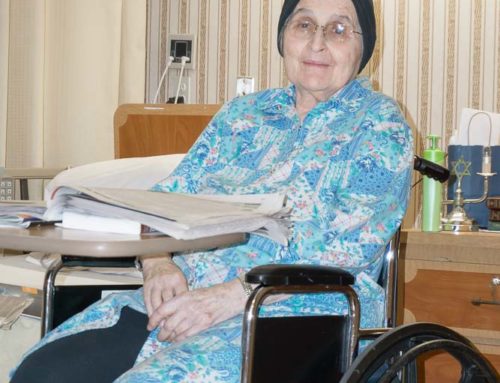

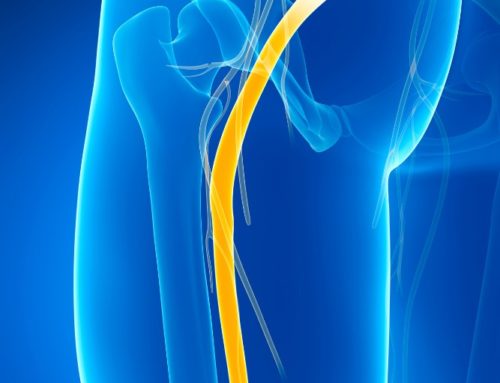
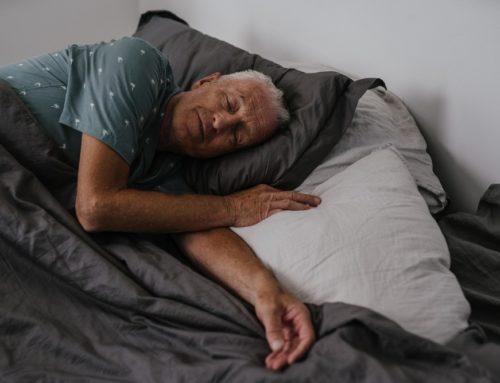
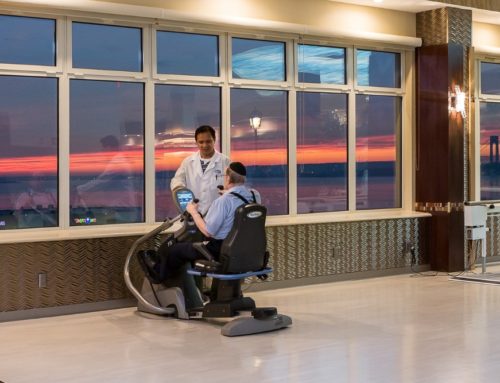
Leave A Comment